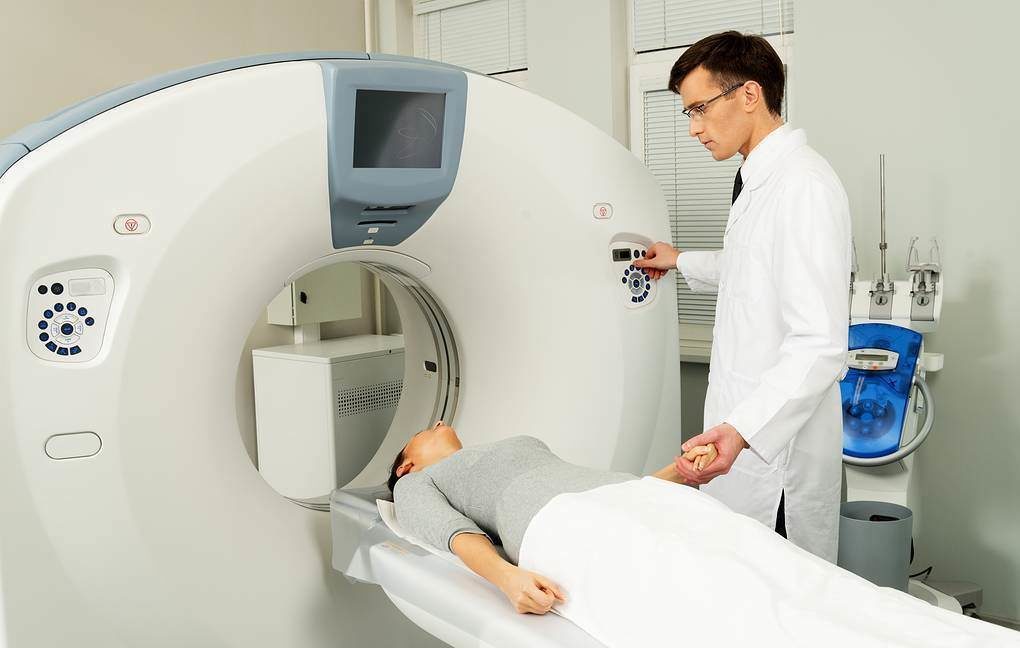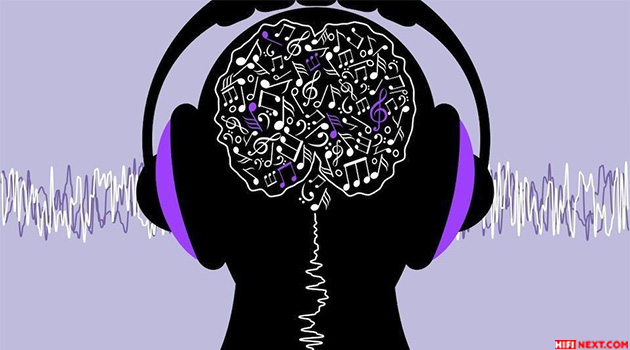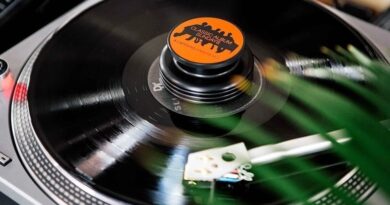Goosebumps from music managed to be recognized on the EEG
Not everyone has the ability to get goosebumps from music, as scientists discovered a few years ago. But those who are susceptible to this phenomenon, the reaction to music can be discerned even on the EEG.
In an experiment conducted by a team of scientists from the Clinical Neurophysiology Laboratory of the University of Burgundy, 11 women and 7 men took part, who said they often get goosebumps from music. They were asked to listen to snippets of melodies 90 seconds long for 15 minutes with half-minute pauses, and in the process of listening, their brain activity was read by an electroencephalogram. Some of the recordings are the subjects’ favorite tracks, which just cause goosebumps. The other part was selected by scientists based on the preferences of 12 independent listeners from another group.

Previous studies showed that the appearance of goose bumps is divided into two stages: in the first, the listener relaxes and gets more and more pleasure from the process, and in the second, it just comes to a full-fledged goosebump. Subjects during the experiment reported when they started to get goosebumps – and scientists noted more than 300 goosebumps, lifting hairs, lasting up to nine seconds. However, the EEG showed that goose bumps appeared not only at the moments of peak pleasure. True, some of the subjects had to be excluded from the study – they did not feel goosebumps.
Further analysis of the data obtained showed that during the wave of goose bumps and the accompanying sensation of excitement, activity was observed in the prefrontal cortex of the brain – there are chains of nerve cells connecting the centers of pleasure and hearing. In addition, similar chains are found in the motor cortex and superior temporal gyrus.
However, the main advantage of the study is that it showed the ability to analyze the effect of music on the brain using EEG – a more common apparatus than, for example, a magnetic tomography. Also, using EEG, you can conduct group studies in more natural conditions, which expands the range of possible experiments – for example, you can find out how listening to music with friends affects the brain function.




